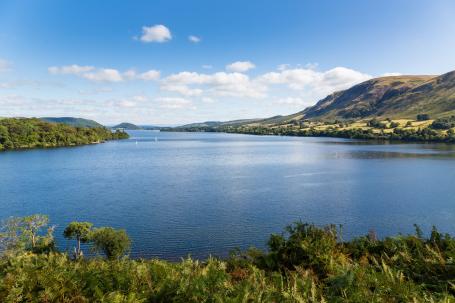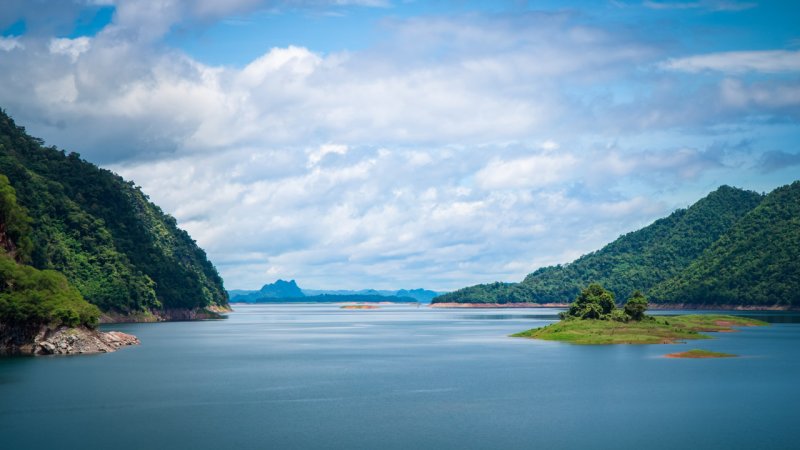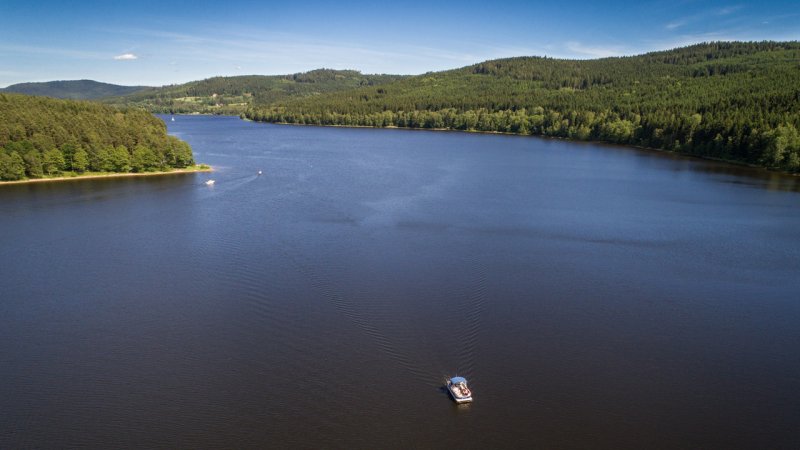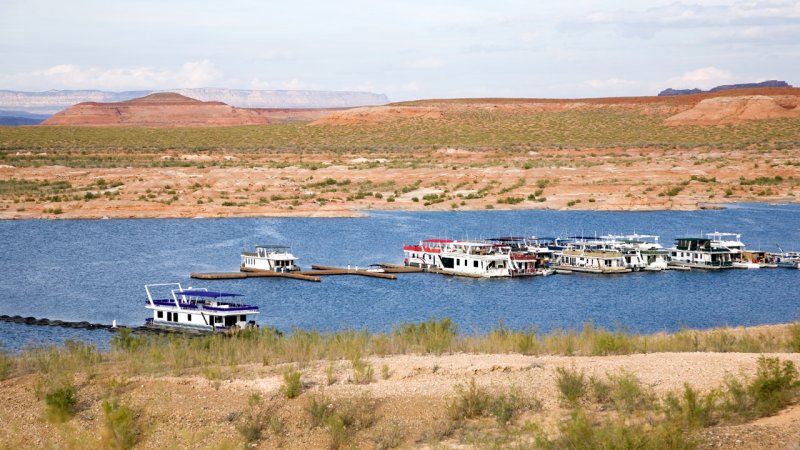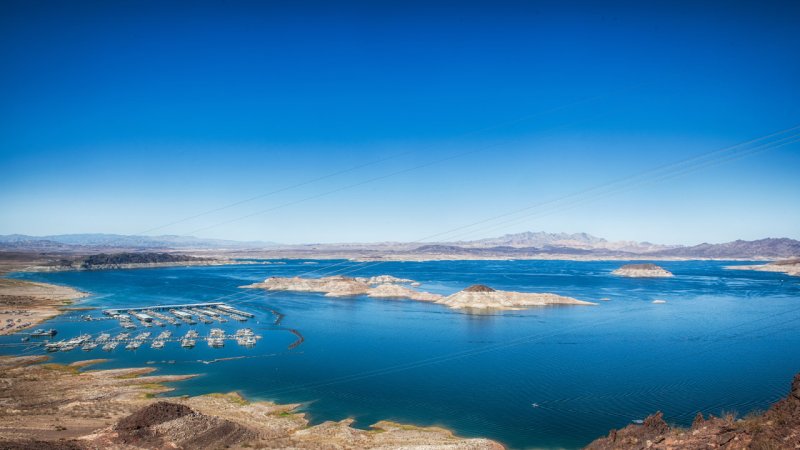
HPP Impact on the Environment
2 min read
Hydroelectric Power Plants and the Environment
Ennerdale Water is a clean glacial lake in the Lake District National Park in Cumbria, England. No roads lead to this lake.
The construction of a hydroelectric power plant always has an impact on the environment. Vast areas are flooded and their ecosystems are destroyed. It is often necessary to relocate large numbers of people and places and structures of great cultural value can be endangered.
During the construction of the Aswan High Dam (map), many ancient temples had to be moved stone by stone. The weight of such huge water masses exert extreme pressures on the bedrock that can cause small earthquakes as was the case during the filling of the Three Gorges Dam reservoir.
Once the reservoir is filled, the environment reaches a new balance and the lake can be used for recreation, as a tourist attraction or as a reservoir of drinking water and it can prevent floods. The operation of a hydroelectric power plant then has no further effects on the environment.
The only serious danger in running a hydroelectric power plant is the potential risk of a dam failure or dam overflow, be it due to flash floods, a design flaw or a bad decision making of the plant’s personnel. Such accidents are extremely rare but they can cause great material losses and casualties.



